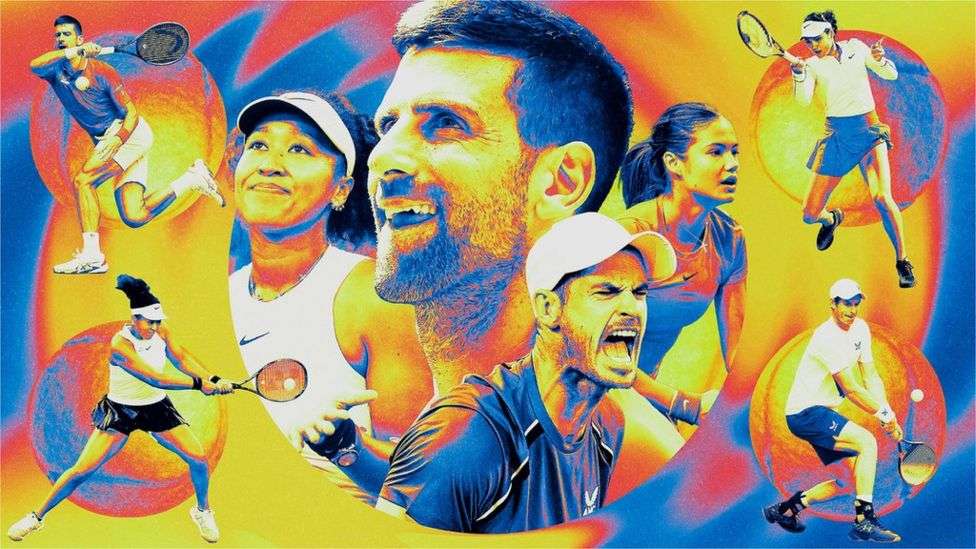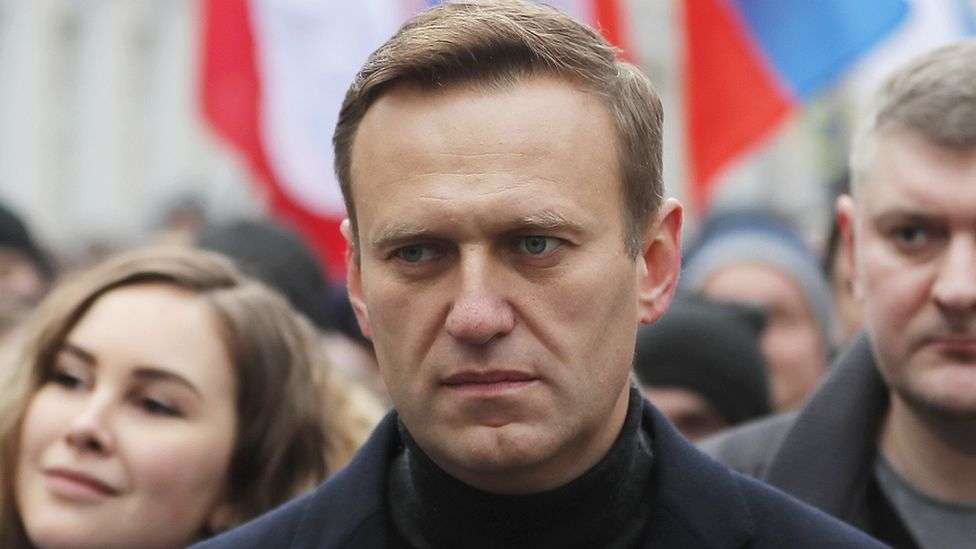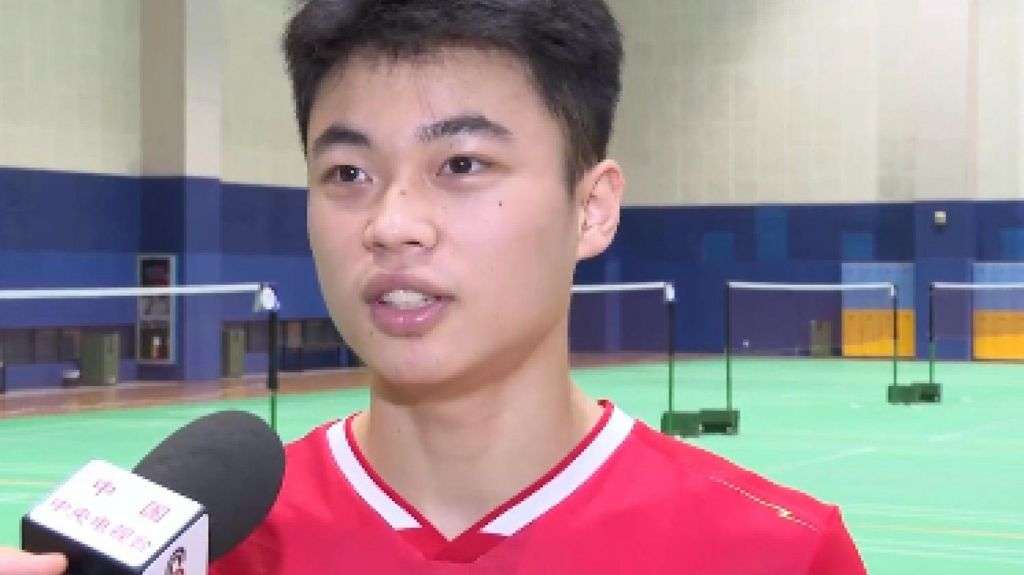A host of illustrious names have returned to action at the start of the 2024 season, adding more star power to an eagerly anticipated first Grand Slam of the year at the Australian Open.
Novak Djokovic is aiming for a record-extending 11th men's singles title - and an outright record 25th Grand Slam singles title - with Aryna Sabalenka looking to defend the women's singles.
The tournament starts at Melbourne Park on Sunday, concluding with the finals weekend on 27-28 January.
Here, OceanNewsUK picks out five of the key storylines going into the event.
Raducanu's return
Britain's Emma Raducanu is back on court after a long period on the sidelines and will be the focus of lots of attention.
The 21-year-old Briton spent eight months out following wrist and ankle surgeries last year, returning with a victory over Romania's Gabi Ruse at the recent Auckland Open before losing to Wimbledon semi-finalist Elina Svitolina.
Expectations about Raducanu's progress must be tempered and patience is required. Pulling out of two exhibition matches in Melbourne this week was illustrative of the precautionary measures she is taking.
A host of physical problems hampered her progress following the shock 2021 US Open victory which catapulted her from relative obscurity to sporting superstardom.
Avoiding major injuries - although minor niggles after a long absence may be unavoidable - will be the key to a productive season.
With an injury-protected ranking of 103, Raducanu will start in the Australian Open main draw after benefitting from the withdrawal of several players above her.
"I think success to me in the long-term is to play a full season, to be healthy throughout and be able to train consistent weeks," she said.
"I know my level is there, I just need to keep working on it to make it more consistent."
Djokovic still the man to beat
Serbian great Djokovic calls the Australian Open his "second home", such has been his dominance over the years.
Since claiming the first major of his career there in 2008, Djokovic has gone on to win nine more titles which include each of the past four years he has been able to play.
The men's world number one, who has lost two of his past 48 singles matches at Melbourne Park, has not been beaten there since a defeat by South Korea's Chung Hyeon in 2018.
Time may not be on his side but the 36-year-old is showing few signs of slowing down, having won three of the four majors last year in one of the very best seasons of his career.
This year started with a defeat by Australia's Alex de Minaur in the United Cup, where he was hampered by a wrist injury.
However, history shows that Djokovic - who has encountered physical issues during each of his past two triumphs - has the knack of producing his best in Melbourne, no matter what obstacles are in his way.
Spain's Carlos Alcaraz and Italy's Jannik Sinner are considered the likeliest of the younger contingent to threaten his dominance this year, while last year's beaten finalist Stefanos Tsitsipas and two-time runner-up Daniil Medvedev have strong pedigree.
However, Djokovic will not see long-time rival Rafael Nadal after the 22-time major champion - in what could be the start of his final season before retirement - pulled out with another injury setback.
Can Osaka challenge the next gen?
When Naomi Osaka won her fourth major title at the 2021 Australian Open, it felt like she would lead the women's game for years to come as both an athlete and an advocate.
Later that year the Japanese superstar opened up about suffering depression, taking extended breaks from the tour as a result, before an even longer absence as she gave birth to her daughter Shai in 2023.
Now the 26-year-old is back from maternity leave and says returning as a mother has given her a "different mindset".
The early signs are she remains the same talent, showing glimpses of her explosive shot-making and fleetness of foot on her return in Brisbane last week.
There is no doubt Osaka has the technical tools to go back to the very top. How quickly she can challenge for the biggest prizes again remains to be seen.
Poland's Iga Swiatek has dominated the WTA game for almost two years and a fine start to 2024 has seen the world number one extend her unbeaten run to 16 matches after helping Poland reach the United Cup final.
Sabalenka is continuing to push Swiatek. The 25-year-old Belarusian, who briefly replaced Swiatek at the top of the rankings last season, reached at least the semi-finals of all four majors in 2023 and will be confident of a strong title defence in Melbourne.
Sabalenka saw her 15-match winning streak ruthlessly ended in the Brisbane final by Kazakhstan's 2022 Wimbledon champion Elena Rybakina, who is another serious contender.
And it will be fascinating to see how American teenage Coco Gauff, who defended her WTA title in Auckland last week, will deal with her new-found status as a Grand Slam champion after a triumphant US Open victory which illustrated her growing maturity and inner belief.
When you think back to an emotional Andy Murray telling the media at the 2019 Australian Open he thought he would soon have to retire because of impending hip surgery, it still defies logic the 36-year-old will be playing again in Melbourne this year.
Former world number one Murray, with metal inserted into his hip joint, continues to plug away as he aims for another deep run at a major.
Now 44th in the world, the Briton came close to a seeding - as one of the top 32 men - at Wimbledon and the US Open last year.
But the end to the season was rockier. Starting from the US Open in August, he finished the year with three wins from his final six tournaments and a shoulder injury kept him out of the Davis Cup Finals.
Picking up a sickness bug and bruising the meniscus in his knee meant the start of his pre-season was "not straightforward".
Speaking to OceanNewsUK two weeks ago in Brisbane, Murray accepted this year could be his final one on the tour if it proved to be as challenging as the end to last season.
However, he thought practice sessions had showed his level "was good enough" to make encouraging progress in Melbourne and beyond. For how long he does not yet know.
No more late nights?
Murray spoke for pretty much everyone when he described finishing his Australian Open second-round match last year at 4:04am local time as "a farce".
Questions were raised in the aftermath about who these late finishes actually benefitted and what solutions could be found to avoid them.
As a consequence, the Australian Open has tweaked its schedule - a move it says will help.
Two instead of three matches will feature in the day session on Rod Laver Arena and Margaret Court Arena, which organisers believe will prevent marathon contests pushing back the night-session matches too much.
However, the daytime matches start an hour later at 12pm local time (01:00 GMT). The night sessions, which still feature two matches, will continue to start at 7pm (08:00 GMT).
That is similar to the US Open, where there were several post-1am finishes last year.
"There is an acceptance now that this is a problem and something needs to be done to address it. They've made changes to try and do that," Murray said.
"Let's see [if it stops late finishes]. If it doesn't then there might be scope to move the start times to 10am instead of 11am or whatever. But this is a good step."








